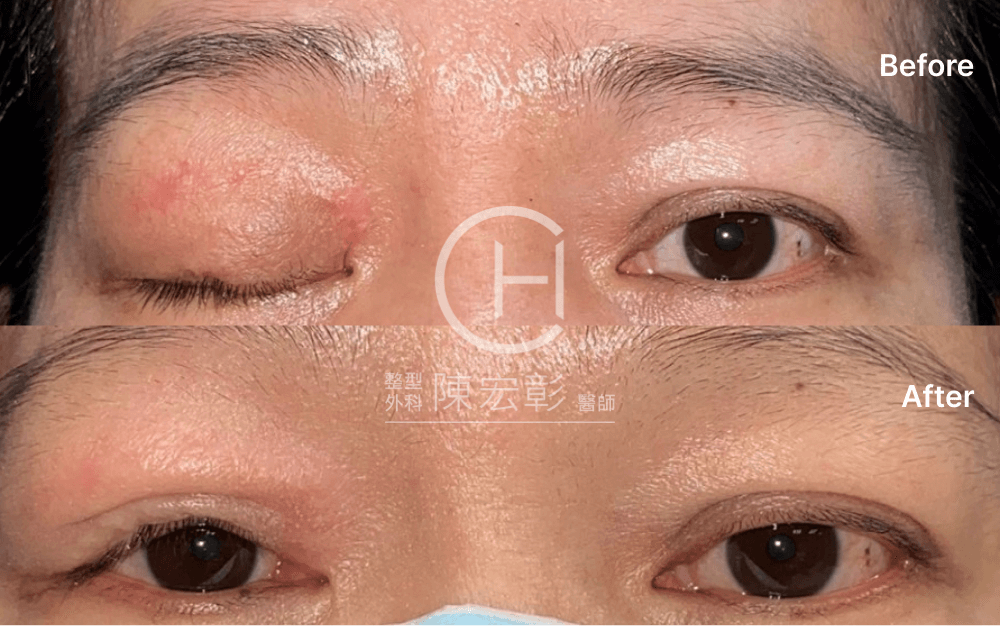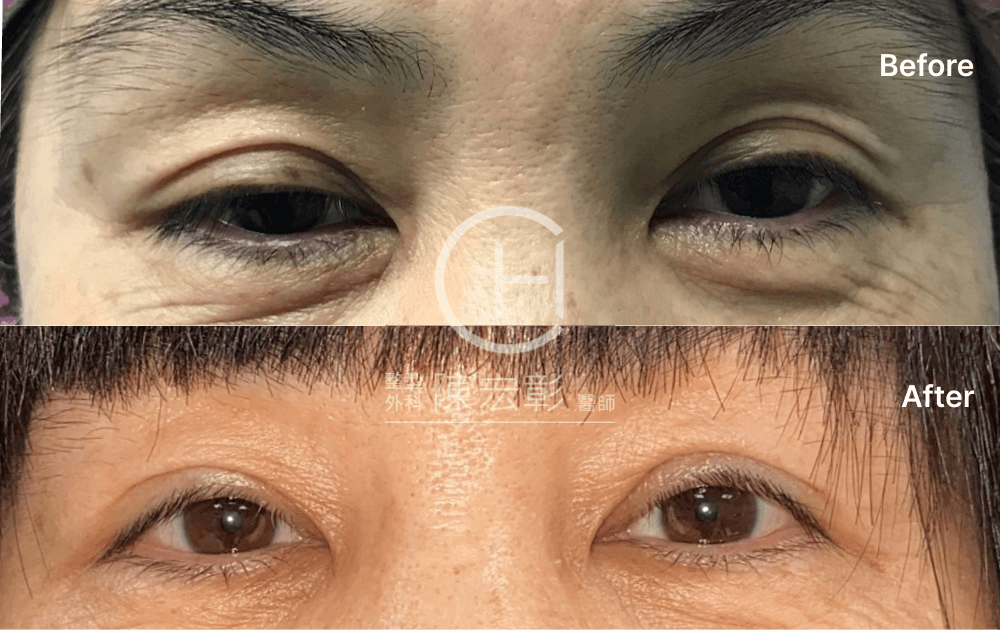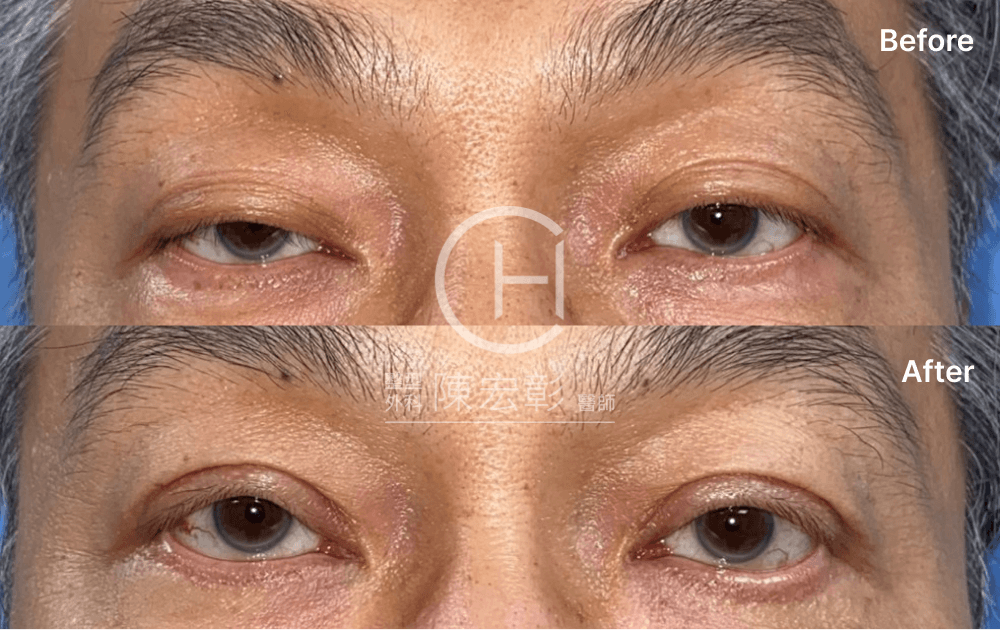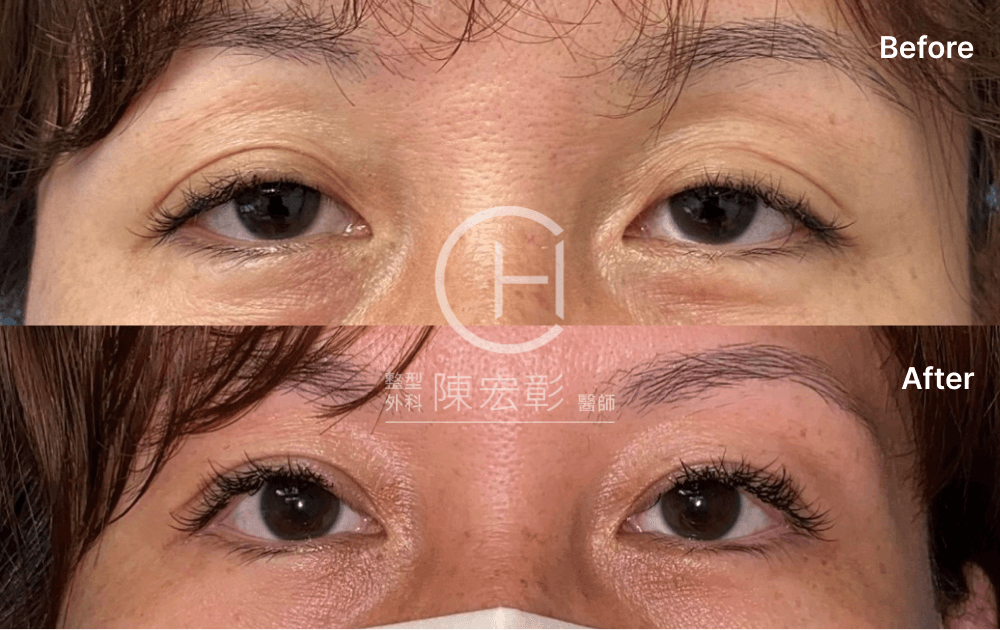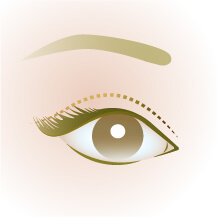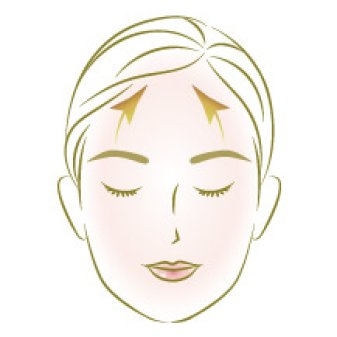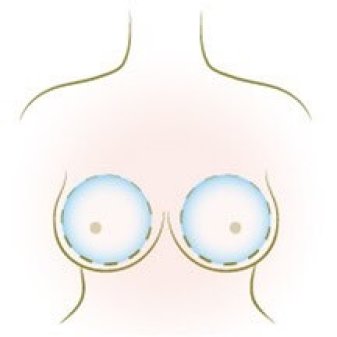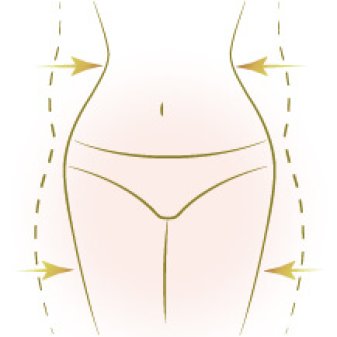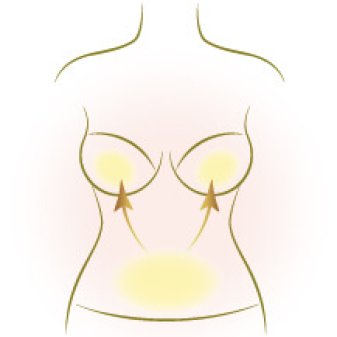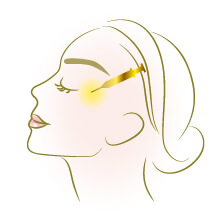Eye Surgery
Incisional Double Eyelid Surgery
BLEPHAROPLASTY
BLEPHAROPLASTY
Incisional Double
Eyelid Surgery
- Principle
- Before and After
- Case Study
Incisional Double Eyelid:
If you are older, have hypertrophic eyelids, or have congenitally sagging or sagging eyelids, and those who have trouble with big and small eyes, it is suitable to choose the method of incision for surgery, which is divided into the following methods.
Simple Incisional Double Eyelid Cutting:
Patients without droopy eyelids, drooping eyebrows, or brow pressure can undergo simple double eyelid surgery. After discussing the suitable height of the double eyelid with the doctor, a wound of about 3-4 cm is incised just above the eyelid at this height. Through this wound, the power system of opening the eye ( levator muscle and its fascia, orbital septum) and the double eyelid are stabilized. Connect, and remove appropriate amount of upper eyelid and fat.


| Surgical Methods | Incisional Double Eyelid Surgery |
|---|---|
| Suitable Candidate | Single eyelid, Have excess fatty deposits causing puffiness, Have loosening or sagging skin causing excess folds |
| Surgery Time | 1-2 hours |
| Anesthesia Method | Local anesthesia |
| Pros | Removes loose upper eyelid fat and skin. *but not recommended for "too much" removal of thin upper eyelid and fat |
| Cons | Difficult to rebuild and longer recovery period |
| Recovery Period | 7-14 days |
| Close to Natural Look | Normally 2-3 months, or more |
Preoperative Preparation and Anesthesia
1. Before surgery, please let your doctor know if you have any drug
allergies.
2. Anticoagulant medication must be stopped one week before to surgery in order to prevent intraoperative and postoperative bleeding.
3. Smoking should be avoided for at least two weeks before to and following surgery.
4. It is advised that medical professionals regulate and stabilize systemic disorders such as excessive blood pressure, heart disease, diabetes, abnormal thyroid function, etc. before undergoing surgery.
5. Please let your doctor know before surgery if you or anybody in your family has swollen feet or hypertrophic scars.
6. Because the patient’s eyes must frequently cooperate during the procedure to ensure precise symmetry, it is advised to do eyelid surgery while the patient is under local anesthetic.
2. Anticoagulant medication must be stopped one week before to surgery in order to prevent intraoperative and postoperative bleeding.
3. Smoking should be avoided for at least two weeks before to and following surgery.
4. It is advised that medical professionals regulate and stabilize systemic disorders such as excessive blood pressure, heart disease, diabetes, abnormal thyroid function, etc. before undergoing surgery.
5. Please let your doctor know before surgery if you or anybody in your family has swollen feet or hypertrophic scars.
6. Because the patient’s eyes must frequently cooperate during the procedure to ensure precise symmetry, it is advised to do eyelid surgery while the patient is under local anesthetic.
Recovery process and post-operative care
1. To lessen discomfort and bruising, it is advised to apply ice for 10
minutes every hour for the first 5-7 days following eyelid surgery.
2. For three days following surgery, prophylactic oral antibiotics, anti-inflammatory, analgesic, detumescence, and other medications will be administered.
3. To replace the dressing, eye ointment will be prescribed by eyelid wound care. Once each in the morning and evening, change your clothes. Clean the site with normal saline or boiled water, remove any scabs or secretions, and then apply fresh ointment.
4. A week following the procedure, the sutures will be taken out.
5. It is advised to warm the skin (to the temperature of face wash water in the morning in winter) for 10 minutes every hour after the stitches are removed to hasten the healing of bruises.
6. Each person’s level of postoperative swelling and bruising is different. It usually becomes apparent three to four days following surgery, and most people can feel better approximately two weeks later.
7. After the procedure, you can wash your face as usual, take a bath, dry your skin right away, and then apply the ointment. But refrain from swimming, wading in the stream alongside the sea, and taking a dip in the hot springs.
8. After surgery, stay away from strenuous activities like hard training, running, mountaineering, rock climbing, etc. It may raise blood pressure, result in bleeding, or leave wounds open.
9. The diet is generally healthy, but stay away from alcohol, smoke, and spicy food (too spicy and salty)
2. For three days following surgery, prophylactic oral antibiotics, anti-inflammatory, analgesic, detumescence, and other medications will be administered.
3. To replace the dressing, eye ointment will be prescribed by eyelid wound care. Once each in the morning and evening, change your clothes. Clean the site with normal saline or boiled water, remove any scabs or secretions, and then apply fresh ointment.
4. A week following the procedure, the sutures will be taken out.
5. It is advised to warm the skin (to the temperature of face wash water in the morning in winter) for 10 minutes every hour after the stitches are removed to hasten the healing of bruises.
6. Each person’s level of postoperative swelling and bruising is different. It usually becomes apparent three to four days following surgery, and most people can feel better approximately two weeks later.
7. After the procedure, you can wash your face as usual, take a bath, dry your skin right away, and then apply the ointment. But refrain from swimming, wading in the stream alongside the sea, and taking a dip in the hot springs.
8. After surgery, stay away from strenuous activities like hard training, running, mountaineering, rock climbing, etc. It may raise blood pressure, result in bleeding, or leave wounds open.
9. The diet is generally healthy, but stay away from alcohol, smoke, and spicy food (too spicy and salty)
Sequelae and Complications
1. Asymmetry is the most frequent side effect of eyelid surgery, and
some individuals require revision surgery.
2. There is a danger of infection, hemorrhage, inadequate wound healing, etc. with any operation.
3. Although all surgeries leave scars, the plastic surgeon will meticulously stitch and use extremely thin sutures to tuck the scars into the creases of the skin and the borders of the hair, making them less noticeable and more difficult to locate. Even so, the scar may still be momentarily red and elevated (1-2 months after the operation) until it stabilizes, but after two to six months the scar will often gradually fade and become less noticeable.
2. There is a danger of infection, hemorrhage, inadequate wound healing, etc. with any operation.
3. Although all surgeries leave scars, the plastic surgeon will meticulously stitch and use extremely thin sutures to tuck the scars into the creases of the skin and the borders of the hair, making them less noticeable and more difficult to locate. Even so, the scar may still be momentarily red and elevated (1-2 months after the operation) until it stabilizes, but after two to six months the scar will often gradually fade and become less noticeable.
